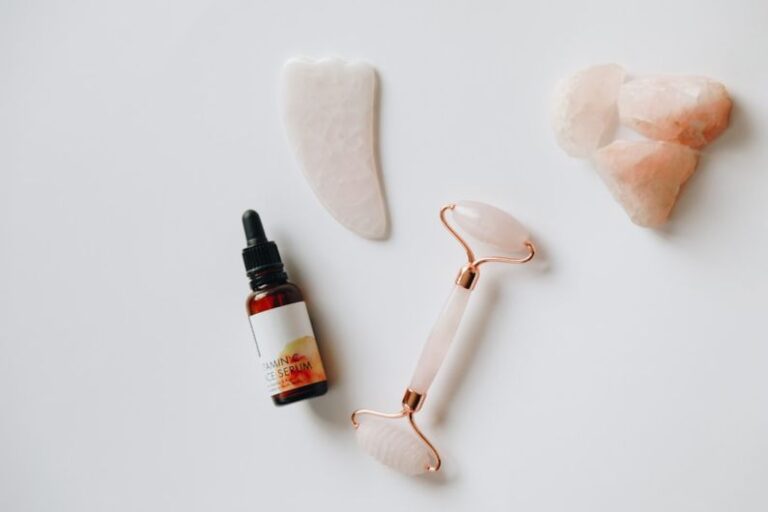Understanding Your Skin Type: the First Step to Better Care
Your skin is a unique and complex organ that requires specific care tailored to its individual needs. To effectively care for your skin, it is crucial to first understand your skin type. By identifying your skin type, you can choose the right skincare products and routines that will address your skin’s specific needs and concerns. In this article, we will explore the different skin types and how you can determine which category your skin falls into.
**The Basics of Skin Types**
Before diving into the specifics of each skin type, it’s essential to understand the basic categories that skin types fall into. There are generally five main skin types: normal, oily, dry, combination, and sensitive. Each skin type has its unique characteristics and requires different approaches when it comes to skincare.
**Normal Skin**
Normal skin is often considered the ideal skin type. It is well-balanced, with minimal imperfections, and is neither too oily nor too dry. Normal skin typically has small pores, a smooth texture, and a radiant complexion. If you have normal skin, consider yourself lucky, as you have a wide range of skincare options available to you.
**Oily Skin**
Oily skin is characterized by excess sebum production, leading to a shiny appearance, enlarged pores, and a tendency to develop acne and blemishes. People with oily skin may struggle with keeping their skin matte throughout the day and often need to use products that help control oil production without stripping the skin of its natural moisture.
**Dry Skin**
Dry skin lacks proper moisture and oil, leading to a tight, rough, and sometimes flaky appearance. Individuals with dry skin may experience itchiness, redness, and sensitivity. It is crucial for those with dry skin to use hydrating products that nourish the skin and restore its natural barrier function.
**Combination Skin**
Combination skin is a mix of both oily and dry skin types. Typically, individuals with combination skin have an oily T-zone (forehead, nose, and chin) while the cheeks are dry or normal. Managing combination skin can be challenging as different areas of the face require different treatments. Using products that target specific concerns in each area can help balance the skin.
**Sensitive Skin**
Sensitive skin is prone to irritation, redness, and reactions to various skincare products and environmental factors. Individuals with sensitive skin need to use gentle, fragrance-free products that do not contain harsh ingredients that can trigger sensitivity. It is essential to patch test new products before incorporating them into your routine to avoid potential reactions.
**Determining Your Skin Type**
Now that you are familiar with the different skin types, how can you determine which category your skin falls into? One way to identify your skin type is to observe how your skin behaves throughout the day. In the morning, cleanse your face with a gentle cleanser and observe how it looks and feels.
If your skin feels tight, looks flaky, and lacks moisture, you likely have dry skin. If your skin appears shiny, especially in the T-zone, and feels greasy to the touch, you probably have oily skin. Combination skin may exhibit oily areas in the T-zone and dryness on the cheeks. Normal skin will feel balanced, neither too oily nor too dry, with minimal imperfections.
**Tailoring Your Skincare Routine**
Once you have determined your skin type, you can tailor your skincare routine to address your specific concerns and needs. Choose products that are formulated for your skin type to ensure they are effective and do not exacerbate any existing issues.
When selecting products, look for ingredients that target your skin type, such as hyaluronic acid for dry skin, salicylic acid for oily skin, and gentle, soothing ingredients for sensitive skin. Remember to cleanse, moisturize, and protect your skin with sunscreen daily, regardless of your skin type.
**In Summary**
Understanding your skin type is the first step to better care for your skin. By identifying your skin type and choosing products and routines that cater to its specific needs, you can achieve healthier, more radiant skin. Remember to observe how your skin behaves, experiment with different products, and consult with a dermatologist if you have persistent skin concerns. Taking the time to understand your skin type will help you establish an effective skincare routine that nurtures and enhances your skin’s natural beauty.






